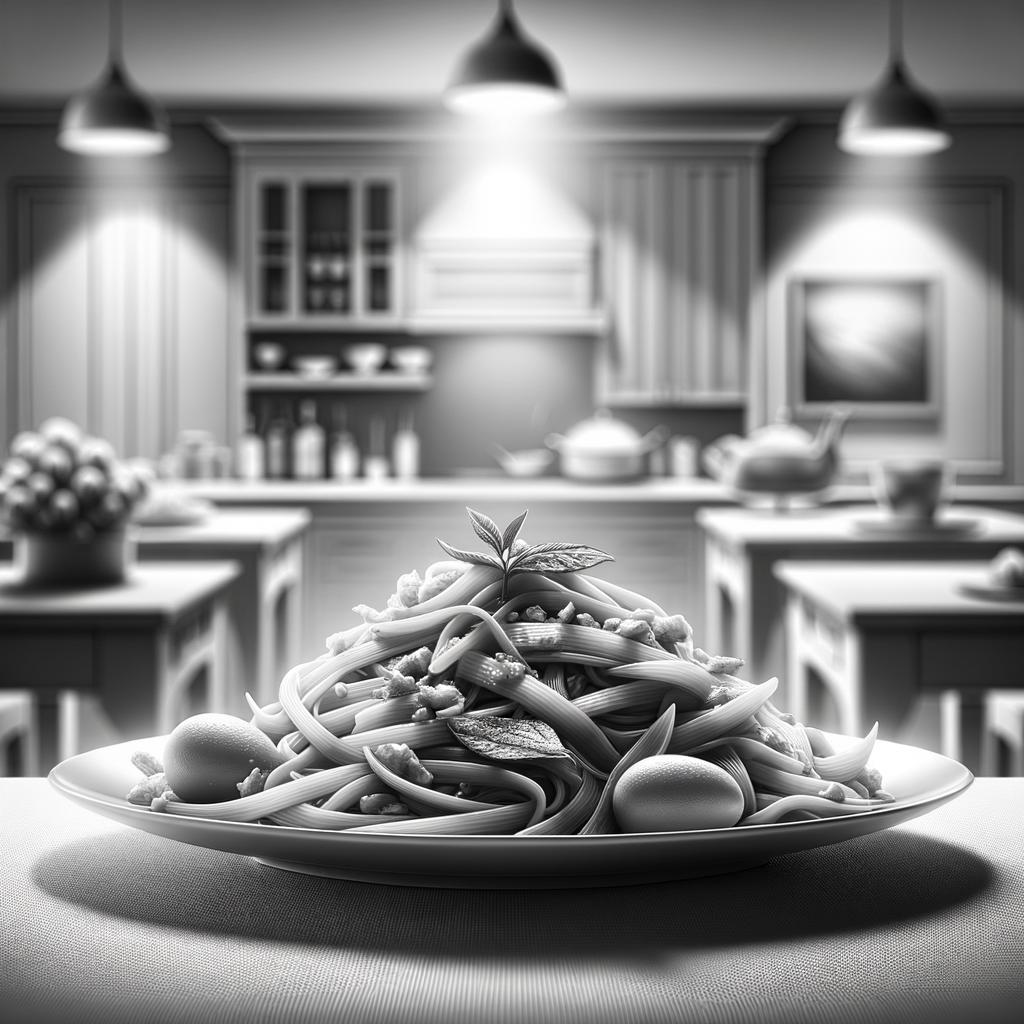Pad Thai Noodles

Description
Pad Thai noodles, also known as rice stick noodles or Banh Pho, are a delightful ingredient that forms the backbone of many Asian dishes. They are long, slender, and flat, with a width of about 1/4 inch, resembling fettuccine in their shape. Their texture is firm yet pliable, and they carry a mild, neutral flavor, making them a perfect canvas for soaking up the flavors of the ingredients they are paired with. What sets them apart from other types of noodles is their ability to maintain their structure and texture even after soaking and stir-frying, making them ideal for dishes like Pad Thai.
Primary Uses
Pad Thai noodles are most famously used in the eponymous dish, Pad Thai, a stir-fried noodle dish bursting with the flavors of tamarind, fish sauce, peanuts, and lime, among other ingredients. They are also used in a variety of other Asian cuisines, such as Vietnamese Pho and Chinese Chow Fun. In addition to their culinary uses, these noodles also hold cultural significance in Thailand, where they symbolize longevity and good health, and are often served at birthday celebrations and New Year's meals.
History
Pad Thai noodles have a fascinating history. They were introduced to Thailand in the late 1930s and early 1940s during World War II when rice, the staple food of the country, was in short supply. The Prime Minister at the time, Plaek Phibunsongkhram, launched a campaign to promote these noodles as a symbol of Thai nationalism and economic resilience. Over time, Pad Thai has become one of the most iconic dishes of Thailand, and its key ingredient, the Pad Thai noodle, has gained global popularity.
Nutritional Information
Pad Thai noodles are a great source of energy, providing about 200 calories per 2-ounce serving, most of which come from carbohydrates. They also offer a small amount of protein and are low in fat. Compared to wheat-based noodles, they are gluten-free, making them a suitable choice for those with gluten intolerance or celiac disease. However, they are relatively low in fiber and do not provide as many vitamins and minerals as whole grain noodles. As with all foods, they are best enjoyed as part of a balanced diet.

